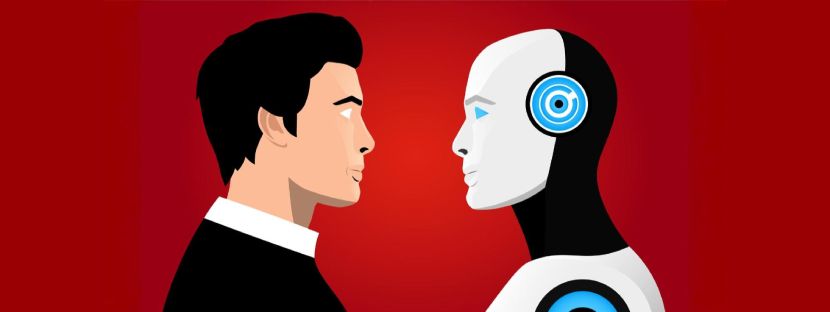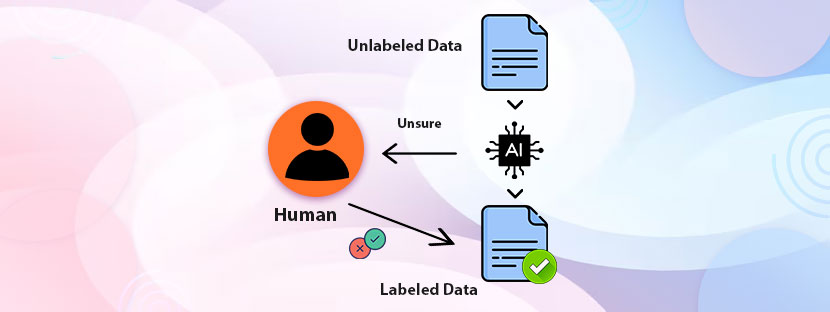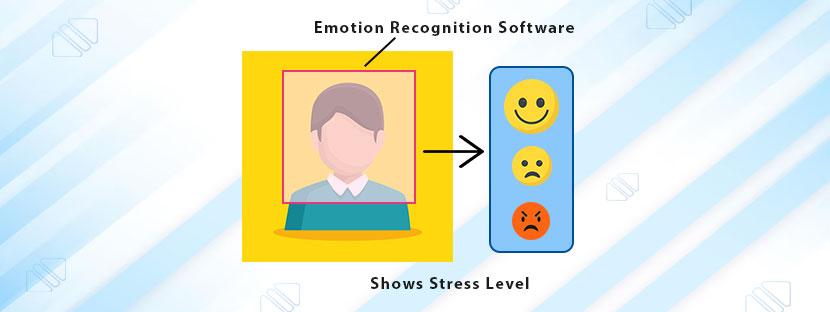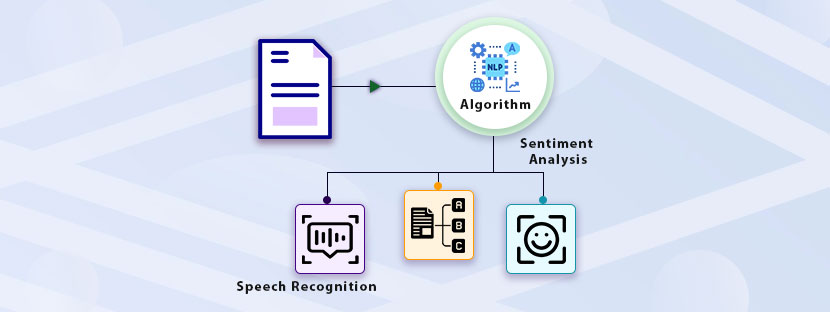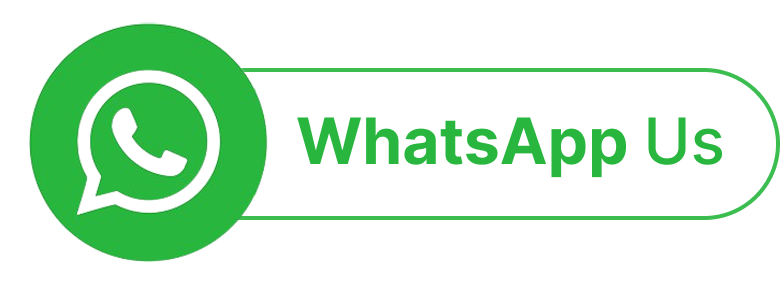In the development of artificial intelligence (AI) models, especially those leveraging computer vision, annotated data is the foundation for success. Image annotation assigns meaningful labels to visual data, enabling AI models to recognize objects, patterns, and behaviors.
However, one critical decision for organizations is whether to use automated or manual image annotation. Each approach has its advantages and challenges, and understanding them is key to optimizing AI model performance.
Let’s assess both the processes in their respective techniques to check what suits your annotation needs. This blog aims to tell you which annotation technique – whether manual or automated can fit your annotation needs well.
Understanding Image Annotation
Image annotation involves tagging images with metadata to make them understandable to machine learning algorithms. Annotated images serve as the labeled datasets that AI models use to learn. These annotations can include:
Manual Image Annotation
Manual image annotation involves human experts meticulously tagging images. This method is often used when high accuracy and nuanced understanding are required. Human annotators usually perform the annotation tasks. They take different measures to label and tag images with complete accuracy.
Advantages of Manual Annotation
High Accuracy
Humans can understand context and subtleties better than machines.
Flexibility
Suitable for complex tasks like segmentation and key point annotation.
Quality Assurance
Allows for reviewing and refining annotations to ensure precision.
Challenges of Manual Annotation
Manual annotation takes time to perform as human annotators perform the annotation tasks. Plus, it can cost more than automated annotation because it involves human labor. Besides that, personal biases are also there that can skew the annotated data. However, with enough amount of attention and accuracy, the challenge of manual annotation can be removed. All you need is support from a strong data annotation company.
So to say, AskDataEntry has been doing image annotation tasks for the last 10 years. It has enough experience in handling complex image annotation projects. Plus, human annotation experts perform all image annotation tasks here.
Automated Image Annotation
When a computer system performs the task of assigning metadata to digital images without any outside interference, it is called automated image annotation. The development of an automated image annotation process can make the entire annotation process easy and quick. Training AI models with large high-quality images is important and here automated annotation can help. It can annotate enormous volumes of data within a fixed date.
Automated annotation fits best for machine learning training models where the requirement for continuous updates is huge. Apart from that, any automated process can provide you with things in a superfast manner. Let’s check what else it can offer to you.
Best parts of automated image annotation
Easy Data Management
Not only annotate images, but an automated system also adds tags and labels images properly. In other words, it helps to manage the data better even after annotation.
Cost Efficient
automated annotation is a price-efficient option. This process does not require manual labor so the cost gets automatically reduced.
Better Speed
Automated annotation can do annotation work superfast and save a considerable amount of time.
Drawbacks of automated annotation
Data privacy matters the most when it comes to developing a new AI/ML model. However, the automated system sometimes compromises data privacy matters. The developer of automated image annotation software can have access to your data when you’re working with it. Added to that, the mindset of the developers while creating the algorithm for the software matters the most here. The algorithm can produce biased results or annotate images based on biases.
Industry-Specific Use Cases
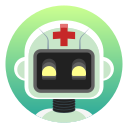
Healthcare AI
Medical imaging AI models require highly accurate annotations. Manual annotation remains essential for complex images such as CT scans or MRIs. However, automation helps speed up the process by assisting radiologists in preliminary labeling. Automated tools can pre-label images, which are then refined by medical experts to ensure precision. This hybrid approach improves efficiency while maintaining the necessary accuracy for diagnostic applications.
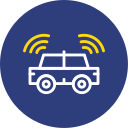
Autonomous Vehicles
Self-driving cars need vast amounts of labeled driving data. Automated annotation tools handle lane detection and basic object recognition, while human annotators refine complex interactions, such as pedestrian behavior. Advanced AI models in autonomous driving rely on continuous updates to training data, making a hybrid annotation approach essential. The ability to adjust annotations based on real-world driving conditions enhances safety and reliability.

Retail & E-commerce
Retail companies use automated annotation for product categorization and recommendation systems. Automated tagging helps scale inventory labeling, but manual checks prevent misclassification. For example, AI-driven systems can analyze customer behavior and suggest products based on past purchases. However, human oversight ensures that errors, such as incorrect product tagging, are minimized. This improves both user experience and sales conversions.

Agriculture & Environmental Monitoring
AI models in agriculture analyze satellite images to detect crop health and soil conditions. Automated annotation detects patterns, while human intervention ensures accuracy in complex environmental conditions. For instance, AI models can identify pest infestations or predict drought risks. Combining automated detection with expert verification improves decision-making for farmers and environmental scientists.

Security & Surveillance
Facial recognition and security camera AI models require accurately labeled datasets. Hybrid annotation ensures high precision while reducing manual workload. Automated tools assist in identifying faces and suspicious activities, while human experts validate these detections. This combination enhances security systems, making them more reliable in diverse environments.
Future of Image Annotation
The landscape of image annotation is evolving with advancements in AI and machine learning. Key trends shaping the future include:
What to choose? Manual vs. automated annotation

Well, both systems have different sets of advantages and disadvantages, be it manual annotation or automated systems. Depending upon your situation, you need to choose the suitable option to meet your needs. Here, we have highlighted different situations to elaborate on which system you need to choose.
Situation 1: When you need quick image annotation
An automated annotation system can quickly provide you with annotated images. On the other hand, manual annotation can take much time to deliver the images. Manual annotation involves human labor and frequent QC processes, which make the delivery quite late. So, if you need some urgent image annotation solutions, you can check for image annotation.
Situation 2: When the Quality of the Annotation work matters
There’s no other annotation that provides you with more quality than manual image annotation. Professional image annotators perform the annotation task with the use of their best annotation skills. They can handle your customized needs based on your custom AI model needs. On the other hand, an automated annotation system focuses on quantity, which can sometimes hamper the quality of the annotation work.
Situation 3: Getting supervised learning experiences
Building your own computer vision model using image annotation needs custom annotation support. Hence, manual annotation is needed to proceed with the work according to your exact needs.
Final Thoughts
Automatic and manual annotation both play some vital role in the image annotation process. So a mixed approach or human-machine collaboration can fit here the best. At AskDataEntry, we follow a beautiful blend of human and machine collaboration. Here, we use software to annotate images but always check each image through our expert human annotators. Therefore, we can make the process fast without compromising on the annotation quality. To build your computer vision AI model, we can add values. You are free to check our content and ask for our quote here, for which you do not have to pay anything.

